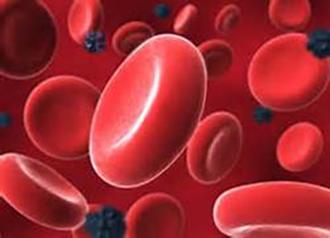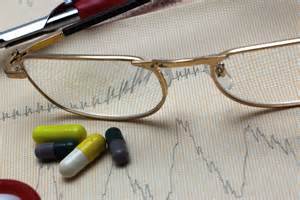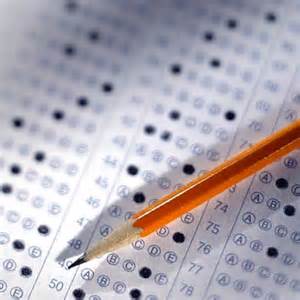Chronic Kidney Disease and Anemia

|
knowing how to live” Baltasar Gracian |
Anemia is a type of blood disorder in which you don't have enough healthy red blood cells to carry adequate oxygen to your tissues. These red blood cells contain hemoglobin, a red, iron-rich protein that carries oxygen from the lungs to the tissues of the body. Oxygen binds to the iron in red blood cells. Iron serves many functions in your body, but one of the most important is to bind to the hemoglobin molecule and serve as a carrier of oxygen to your tissues. Without proper oxygenation your cells quickly start dying.
When the number of red blood cells decrease, the heart works harder, pumping more blood to send enough oxygen through the body. Anemia is broadly understood as a deficiency of red blood cells. The chief role of red blood cells is to grab oxygen from the lungs and deliver it to every part in the body. This ensures the survival of our cells. Anemia is complex, and there is no one mechanism behind it. When the body is anemic, we feel tired and lethargic. Every tissue in the body needs a steady supply of oxygen in order to have fuel and to function properly. Oxygen is one of the ways that we produce energy. When we talk about anemia, we are really talking about oxygen not getting to where it needs to be.
The actual process of making red blood cells is called erythropoiesis. The process of manufacturing, recycling, and regulating the number of red blood cells is complex and involves many parts of the body:
- Most of the work of erythropoiesis occurs in the bone marrow. In children younger than 5 years old, the marrow in all the bones of the body is used for producing red blood cells. As a person ages, red blood cells are eventually produced only in the marrow of the spine, ribs, and pelvis.
- The body carefully regulates its production of red blood cells so that enough are manufactured to carry oxygen, but not so many that the blood becomes thick or sticky.
- If the body needs more oxygen, the kidney triggers the release of the hormone erythropoietin (EPO), a hormone that acts in the bone marrow to increase the production of red blood cells.
- The lifespan of a red blood cell is 90 - 120 days. The liver and the spleen remove old red blood cells.
- When old red blood cells are broken down for removal, iron is returned to the bone marrow to make new cells.
Anemia goes undetermined in many people, and symptoms can be minor or vague. The signs and symptoms can be related to the anemia itself, or the underlying cause like chronic kidney condition. People with anemia report symptoms:
- Feeling of weakness or fatigue and poor concentration
- Shortness of breath
- Behavioral disturbances in children
- Restless legs syndrome and swelling of the legs
- Chronic heartburn
- Vague bruises
- Vomiting
- Increased sweating and blood in stool
- Pale skin and gums
- Worsening of heart problems
- An irregular heartbeat or an unusually fast heartbeat, especially when exercising
- The harmful enlargement of muscles in the heart
- Heart failure, which does not mean the heart suddenly stops working. Instead, heart failure is a long-lasting condition in which the heart can’t pump enough blood to meet the body’s needs.
you we’ll learn about:
- How the body actually absorbs iron
- What are co-minerals and nutrients iron requires to be fully utilized
- What are the most important health tests
- What is renal anemia
- What is erythropoietin












